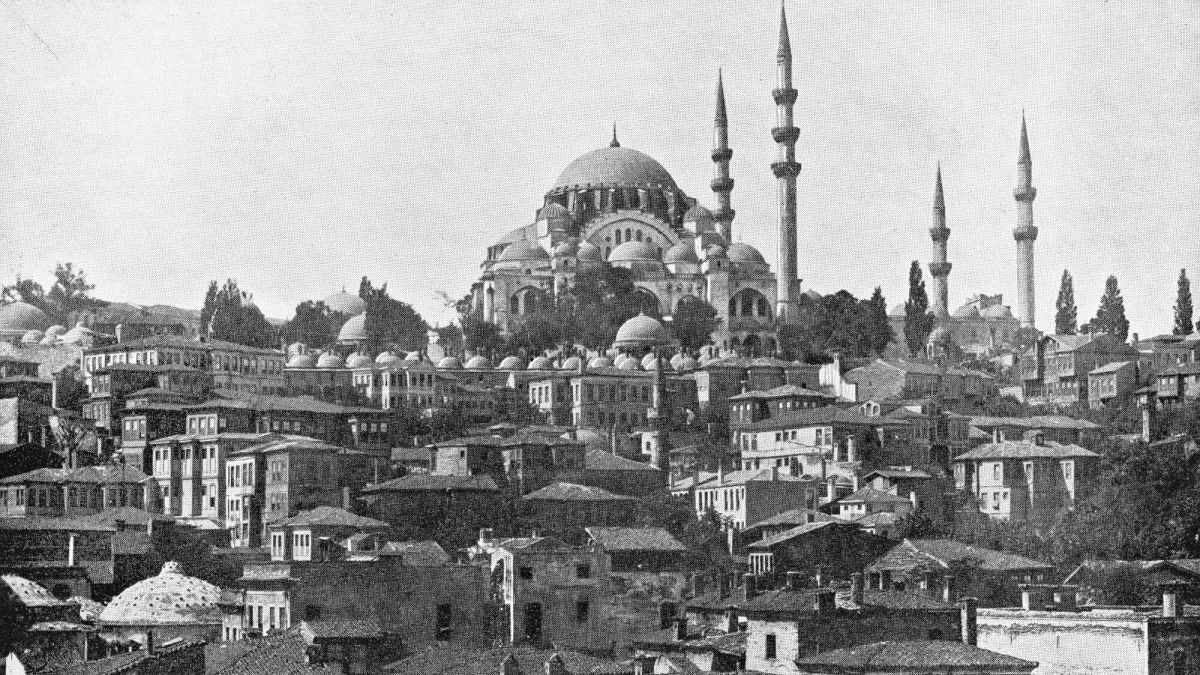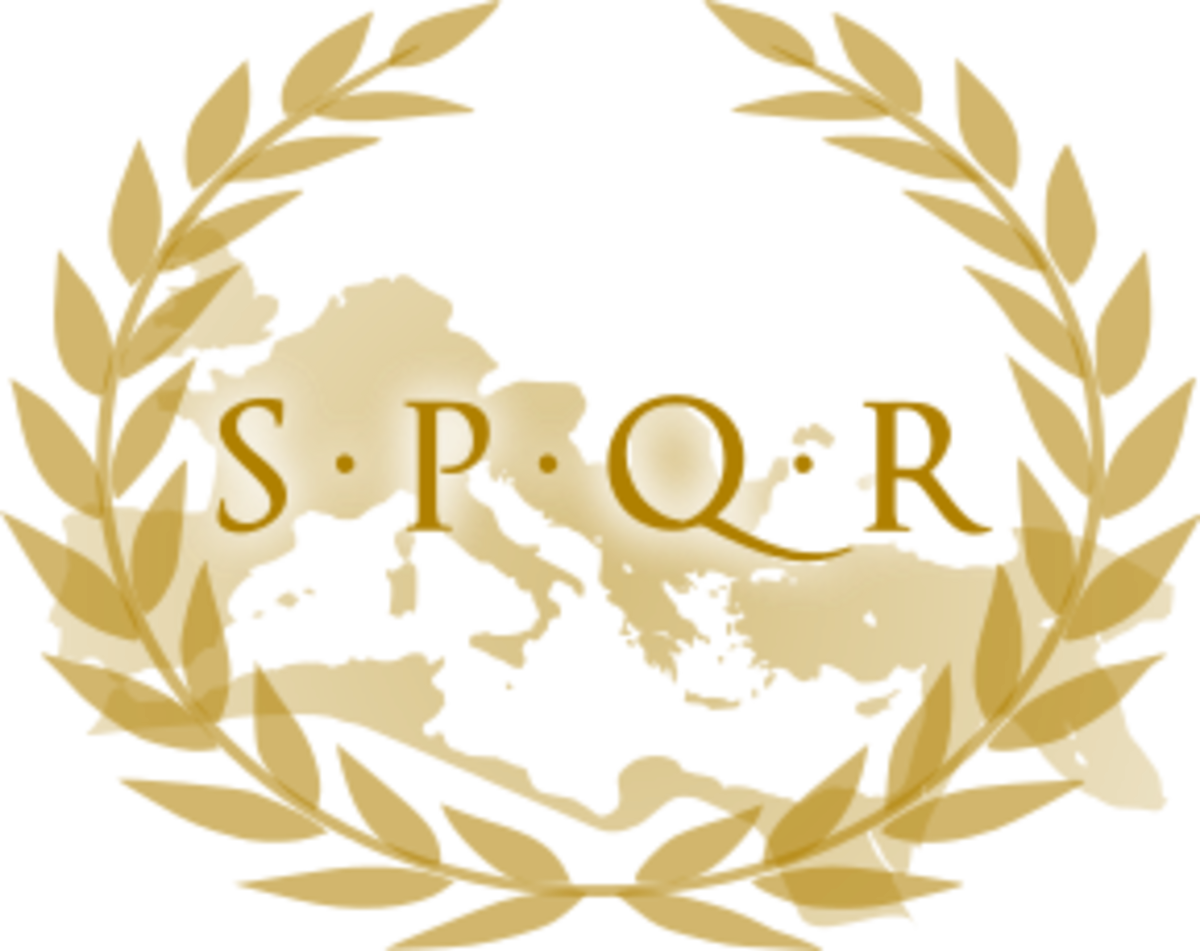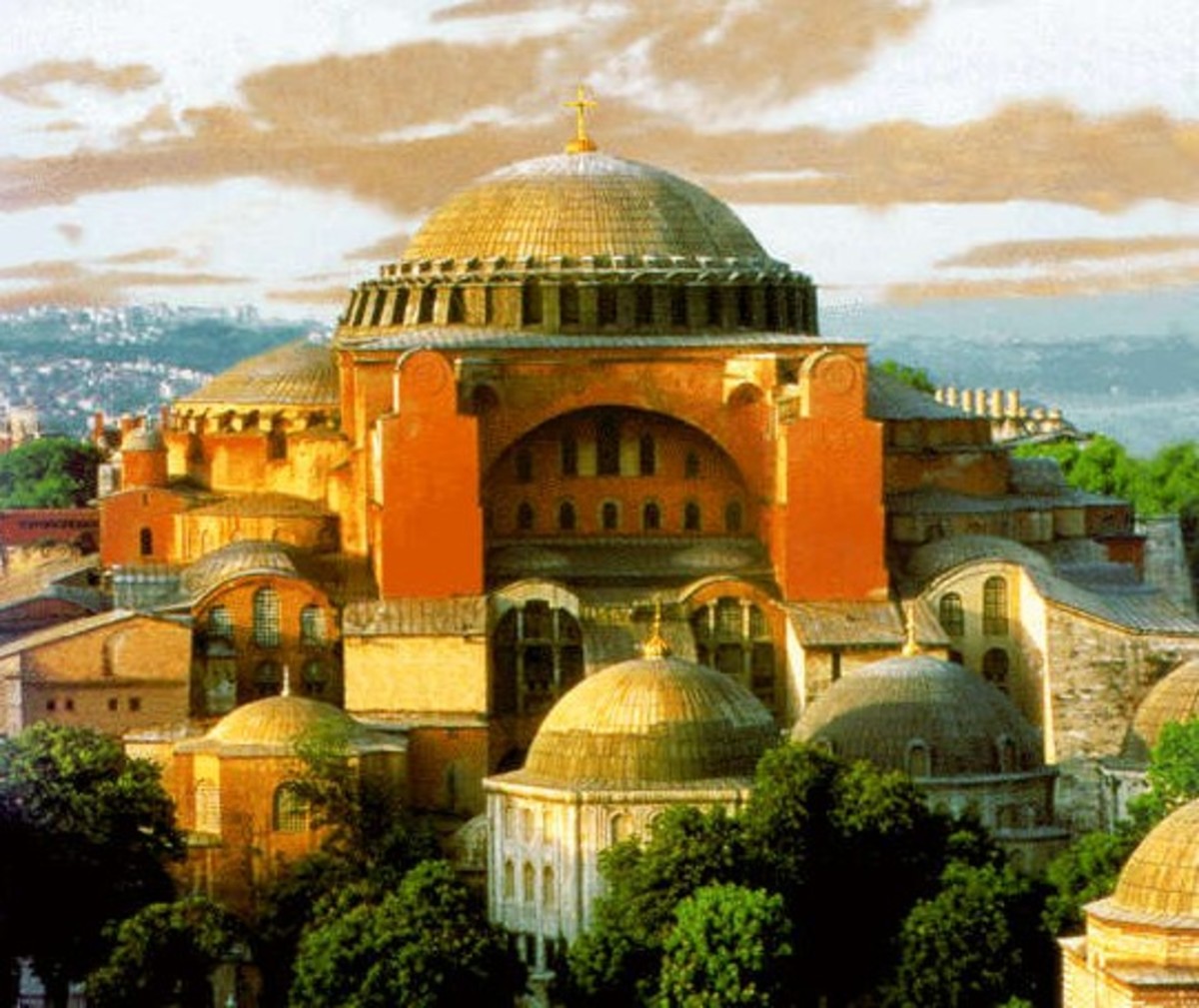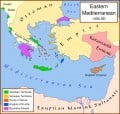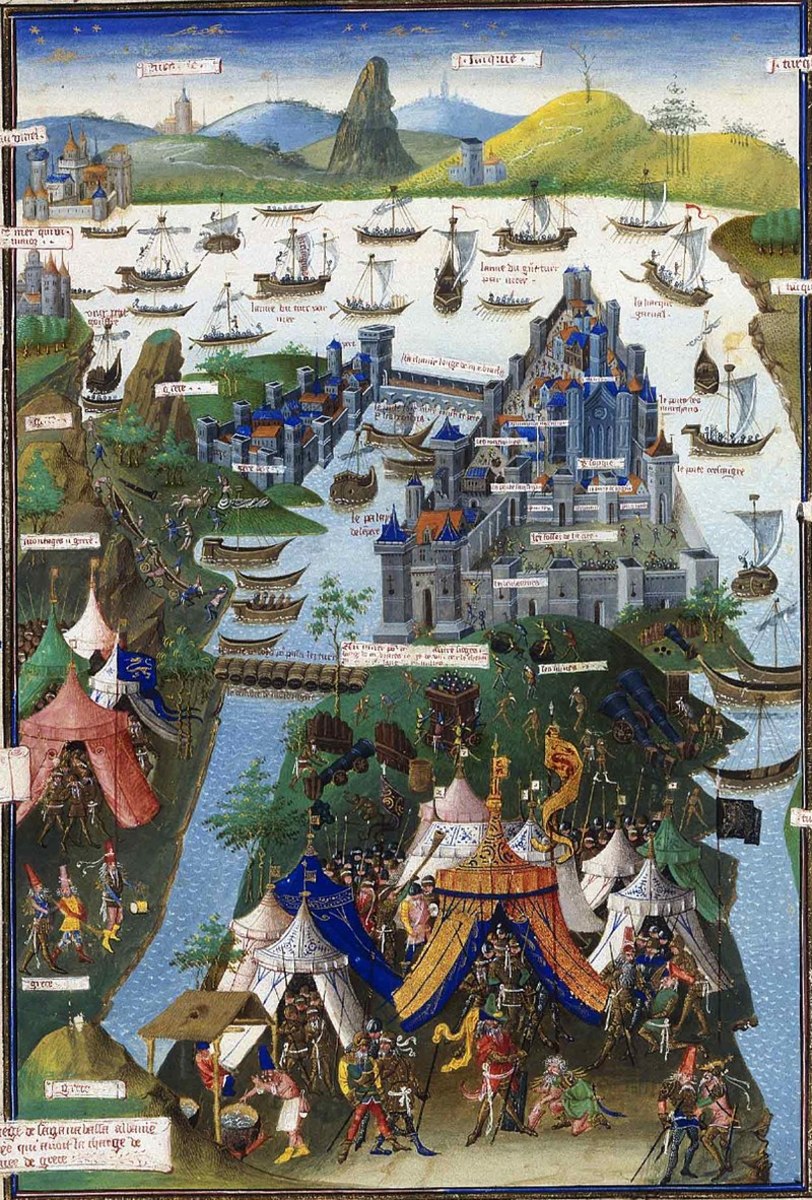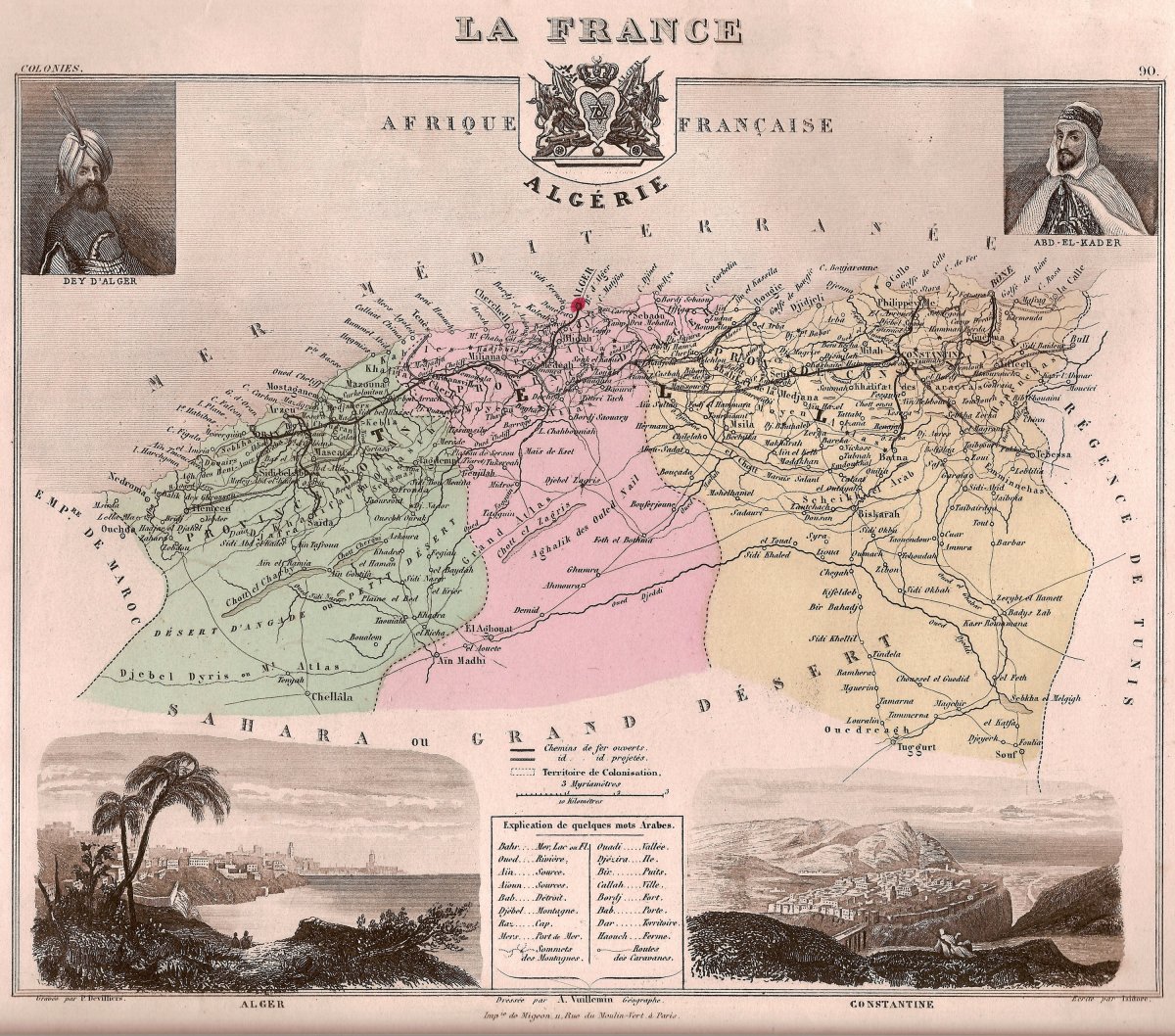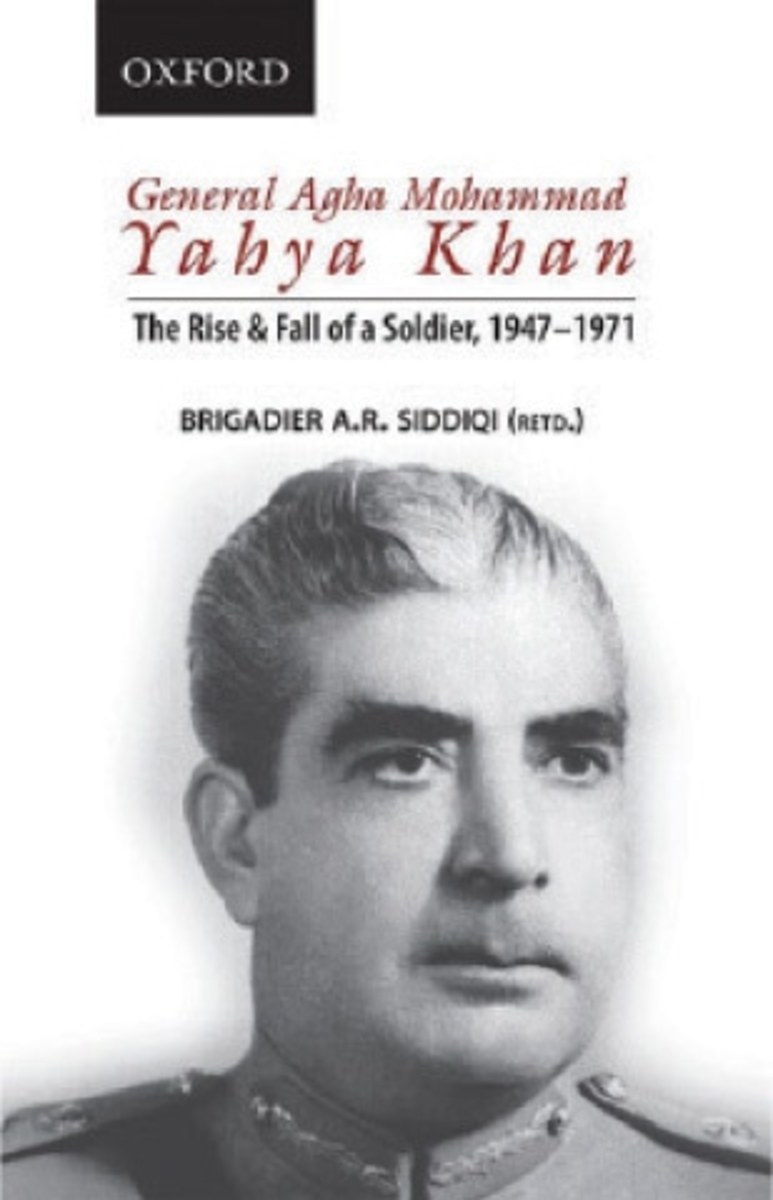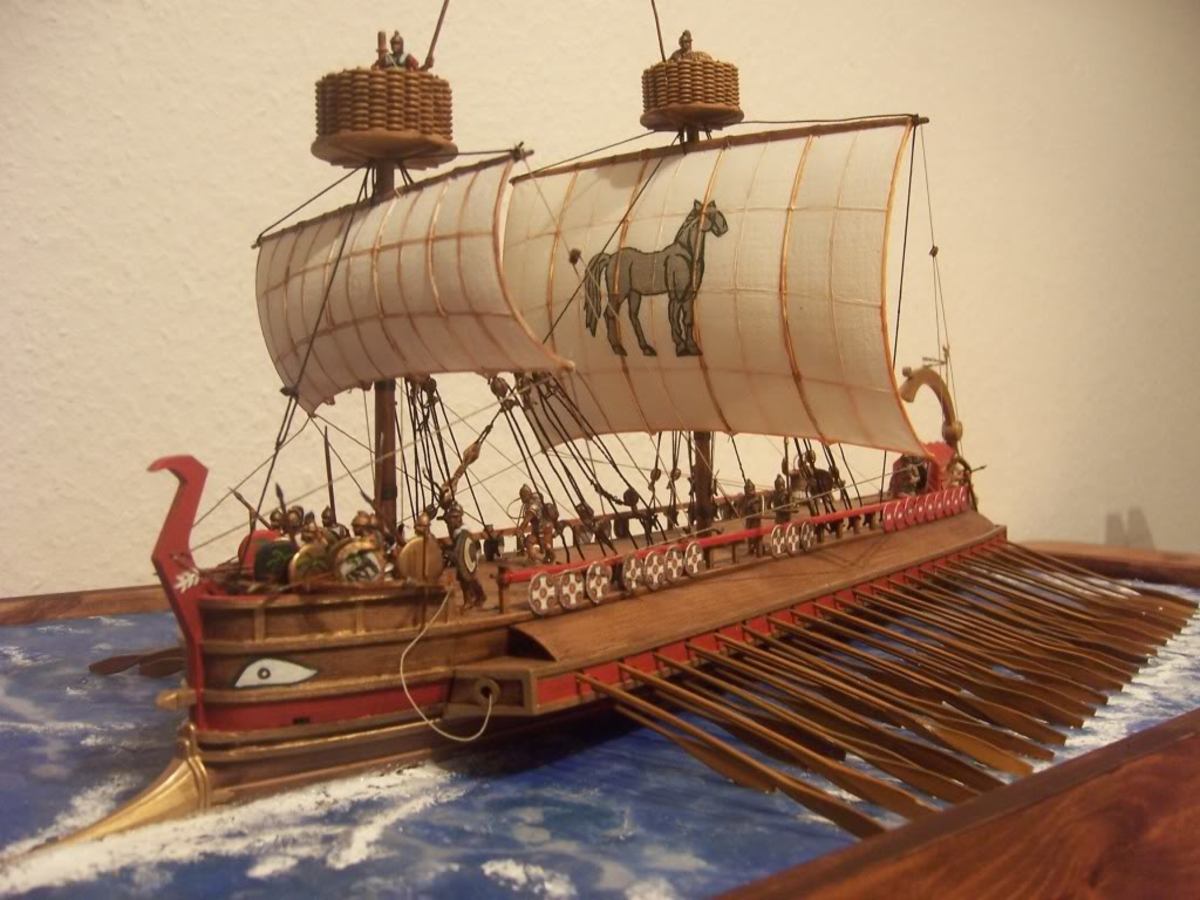The Legacy of the Roman Empire

The Legacy of The Roman Empire
In early January of 49 BC, Gaius Julius Caesar crossed the Rubicon and the world was forever changed. With a single legion at is back, and more on the way, he marched into the greatest city in existence, Rome... "equal to the highest deity." I write, today, not to tell the tale of Julius Caesar, but rather to give credit where credit is due. When asked about the legacy of Rome, we give many answers. The most common of which include art, poetry, language, military tactics, architecture, and culture. Through logical reasoning, one can trace most of what we enjoy and admire today back to this country that has long since past into antiquity. I write today to shed light on one of Rome's greatest accomplishments, one that is often overlooked.
For 1500 years, the Roman Empire reigned, and that excludes the 500 years of the Republican Era. Though in the latter half, it gradually declined in power and was not even based in Rome, its people never lost the heart and iron will of times long past. I am reminded of the poem, Ulysses by Lord Alfred Tennyson.
Tho' much is taken, much abides; and tho'
We are not now that strength which in old days
Moved earth and heaven, that which we are, we are;
One equal temper of heroic hearts,
Made weak by time and fate, but strong in will
To strive, to seek, to find, and not to yield.
"Made weak by time and fate, but strong in will." These words, though not necessarily intended to, perfectly describe the slow gradual decline of this once mighty nation, and whilst many today still admire the old Roman Empire and even acknowledge that it is because of Rome that we are the way we are, we generally fail to credit the nation with doing one of the most important tasks that has ever been done. Let us now venture back in time, not to the height of the empire, the parts with the greatest triumphs and advancements, but rather toward the end of its reign, when enemies closed in on all sides, and fell winds blew.
Throughout the later part of the third century, and the early part of the fourth, the middle east was being conquered by the Sassanian Empire. Thus, in 330 AD, Emperor Constantine the Great, moved the Capital of the Roman Empire to Byzantium and dubbed it Constantinople. Here, it would stand as one of the idols of western civilization for over a thousand years. The emperor needed the capital further east, so that he could rule and be close enough to his new rivals to the east. As the western empire began to crumble, the Eastern Empire (later called the Byzantine Empire) held strong. The Eastern empire even went through a sort of Renaissance expanding on the equality of opportunity and quality of life of the Western Empire. Had the empire not fallen, it is likely that The "Italian Renaissance" would have taken place not in Italy, but rather in Constantinople.
For over 300 years, the empire would wage war on the ever-expanding, Sassanids until at last, in 626 AD, an army of 80,000 men loyal to the Sassanian Empire laid siege and assaulted the walls of Constantinople which were defended by a mere 12,000 men. The defenders held their ground, and after a bloody battle, routed the enemy troops.
Let us pause for a moment and attempt to imagine what would have happened if Constantinople fell that day. The city connects Asia and Europe. He who holds it controls who enters and leaves Europe by land. The Sassanian Empire's goal was the end of the Roman Empire and the conquest of Europe. Had Constantinople fallen, the Roman Empire would have collapsed and there would be nobody strong enough standing between the invaders and western Europe. This hypothetical future looks even more bleak when it is revealed that after this war, the Sassanian Empire was conquered by a massive army of unified Arabians, now under the religion of Islam. Had the Sassanians won, they still would have likely lost to the Arabians, thus flooding Europe with Islam. The Arabians, while brutal, were succeeded by many other groups until eventually, another large empire emerged.
The Seljuk Empire came into existence in the early eleventh century and would severely weaken The Byzantine Empire all the way into the early fourteenth century. This would result in the Byzantine Empire losing virtually all of Anatolia which had been under their control for over a thousand years. Though the Seljuks had great success in fighting the Empire, even going so far as to capture the Emperor Romanus, they were still unable to succeed in conquering the Byzantines. The Seljuks were one of the Islamic states to rise at the height of the Golden Age of Islam. It is important to remember that this variation of Islam was quite forward thinking. They, like the Romans, where influenced like the greeks, and rivaled the weakened Roman (Byzantine) Empire on most levels including art and culture. At this time, Baghdad was, arguably, the intellectual capital of the world, but this would not be true for long.
With the rise of a man named Hamid Al-Ghazali, the once forward thinking, intelligent Islam of the past was replaced with barbarism and jihad. He was a literal follower of Islam's religious texts and preached that math, science, and critical thinking were evil. We could go into detail about all the factors that lead to this regressive movement, but that is beyond the scope of this essay. The important thing to know is that the early "enlightenment" of the Islamic World was replaced with jihad.
After the fall of the Seljuks, the middle east was divided. Over the course of many years, it would gradually be conquered by the newly formed, Ottoman Empire. Throughout the fourteenth and the first half of the fifteenth century, The Byzantine Empire waged War with the Ottomans. The Byzantines, still recovering from the assault on Constantinople during the fourth crusade, were constantly being subjugated into a vassal state and revolting whenever they could. They lacked the military strength to face the Ottomans but did so, nonetheless. Two Ottoman rebellions gave them some reprieve. The Byzantines managed to regain some of their former holdings in the Peloponnese, but this advantageous chaos would not last forever. In 1451, the Ottoman Empire came under the control of Mehmed II.
Fall of Constantinople 1453
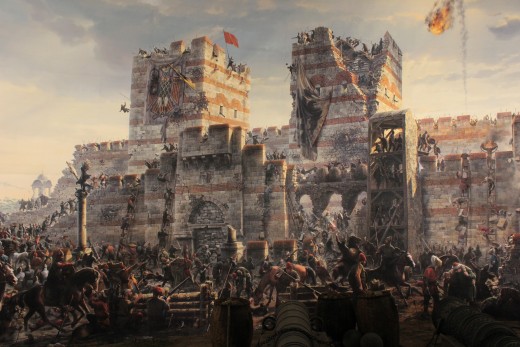
As of 1453, the Byzantine Empire had been reduced to Constantinople and a few, separated strips of land. As a result, Mehmed II laid siege to city in April. The city had been attacked dozens of times over the course of its existence, but this would be the final. A horde of between eighty and a hundred thousand Ottomans assaulted the walls. The defenders were outnumbered at least ten to one. For much of the battle, the Ottomans were losing, but after being reminded of the loot and riches inside, regained their confidence and overwhelmed the defenders. The Theodosian and more ancient walls built by Emperor Constantine the Great held strong against the cannon fire. There were, simply, not enough defenders. Sources dispute how many Ottomans died to take the city, but it is known that casualties were extremely heavy, and the battle severely weakened the Ottoman army.
The City was sacked, and the, once great, Roman Empire was no more. The other western powers such as England, France, and Italy, looked on in horror as the country that established their culture, principles, and history was destroyed by a foreign invader. They warred with each other rather than rally behind the Romans. It is for this reason that the Eastern Empire is called the Byzantine Empire by modern sources. This was not the case until its fall. The western powers stopped calling them the Roman Empire because they could not accept that they had let that grand civilization fall.
It is now that I can describe the great deed accomplished by the Romans that I claim is overlooked. The later period of the Roman Empire, in addition to its other accomplishments, served one major purpose. From Emperor Constantine onward, the empire held back all of the eastern invaders. Constantinople was the last bastion that held back the Sassanians, the Seljuks, and then the many, radical, jihadist, empires that sought to subjugate Europe. The walls and warriors of Constantinople held their ground long enough for the west to have the Renaissance. It is quite poetic that as the last of the old Roman Empire fell, Italy looked back to the days of old and regained the arts and culture of ancient Rome, all while idolizing the once vast nation. As a result of the sacrifice of the Byzantine Empire, the Ottomans never made it through Austria and Poland, and whilst the eastern invaders warred with the Romans, the west built in strength. Until at last, in 1683, the Ottomans were at the gates of the Imperial City Vienna.
Battle of Vienna 1683
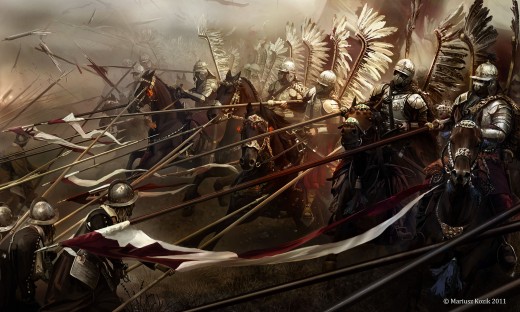
17,000 defenders faced a horde of 140,000 Ottomans. The outer walls of the city were crumbling and the defenders were readying for a fight in the streets and inner walls. As the city began to fall, they looked up the large hill just outside the imperial city. It is recorded that out of the trees, they heard cheers. Then, they saw banners, and out rode the King of Poland with 18,000 cavalry and over fifty thousand infantry comprised of Poles and Germans. King John III Sobieski of Poland, personally led the charge of 18,000 cavalry down the hill and into the Ottoman soldiers. This is the largest cavalry charge in all of history. The Ottoman army was routed and was gradually pushed back over the course of years to come until its eventual destruction in World War I.
Had it not been for the Eastern Roman Empire, there would have been nothing standing in between the eastern powers and the west. Rome held off the invaders long enough for the western world to have their much needed rebirth of art and culture. I implore you to imagine what the world would look like today if the Ottomans, the Seljuks, or any of the other empires were aloud to conquer the west. What would have happened if the Polish, Lithuanians, Italians, and Germans had not decided that they would not let Vienna fall like Constantinople? What if the invader had a much larger army and came to Europe much earlier when the defenders had less advanced technology? The world would look much different today if the Romans had not held back the colossal armies of medieval Islam.

